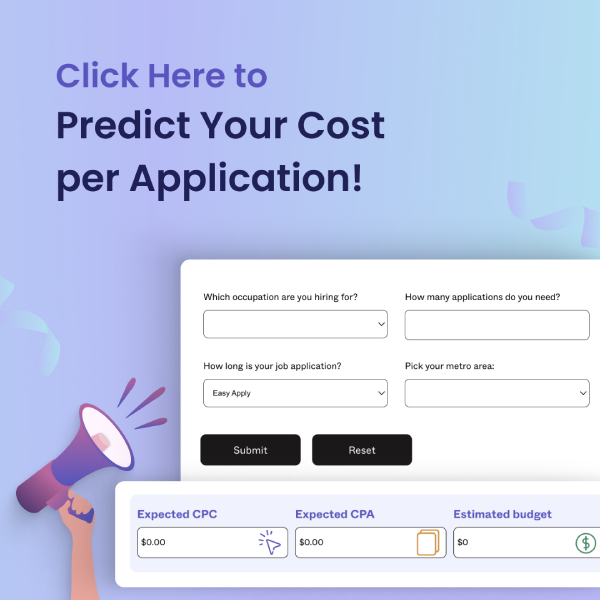These fearless professionals are the insurance industry’s gatekeepers. Armed with sharp instincts and a keen eye for detail, they determine whether claims are legit and how to handle them. From deciphering policy coverage to deciding how much moolah should be doled out, they’re there to see each and every claim through to the end.
But boy oh boy is this occupation on a roller coaster ride. In fact, brace yourselves for a 2% decline in the overall employment of claims adjusters, appraisers, examiners, and investigators from 2021 to 2031.
Why, you ask?
Well, the ever-advancing march of technology, of course! Just like in many other occupations, we’re witnessing its transformative power in action. For example, computer software can now evaluate photos of damaged property and crunch the numbers to estimate claim amounts. Likewise, data collection and processing speeds are on the rise, enhancing efficiency and productivity.
Ready to insure (that’s not a typo) more great-fit candidates in your funnel, at the optimal cost?
It’s time to let Joveo’s data do the talking!



















